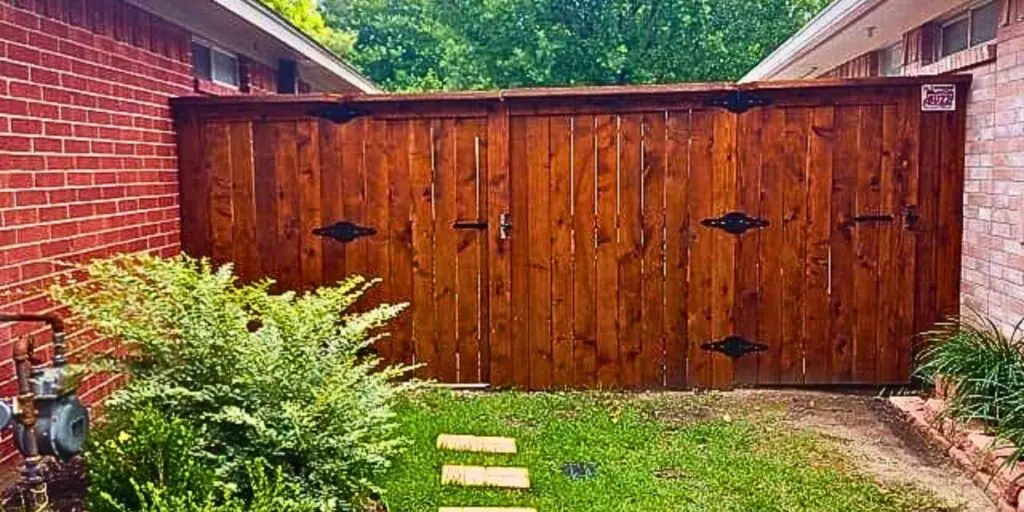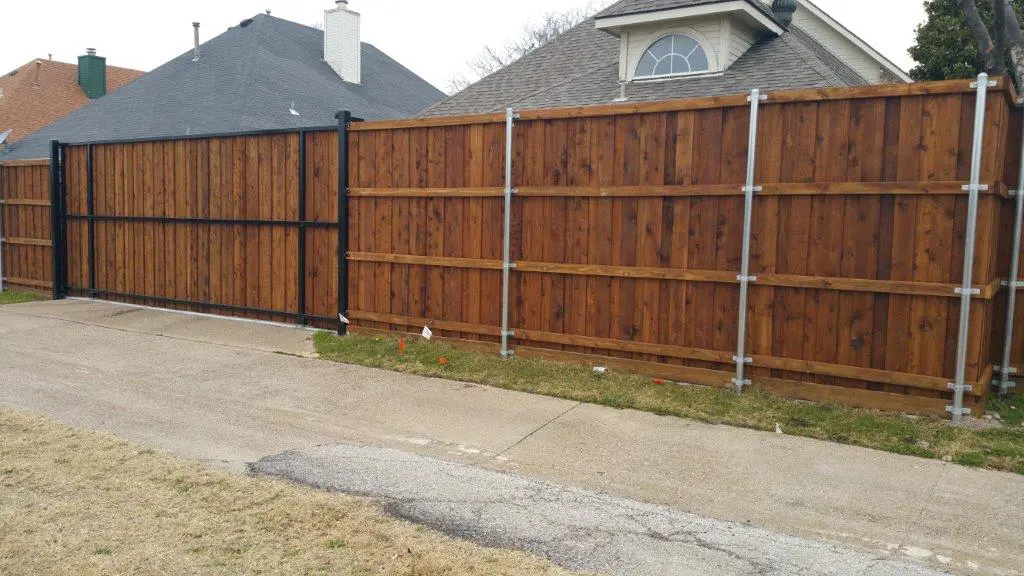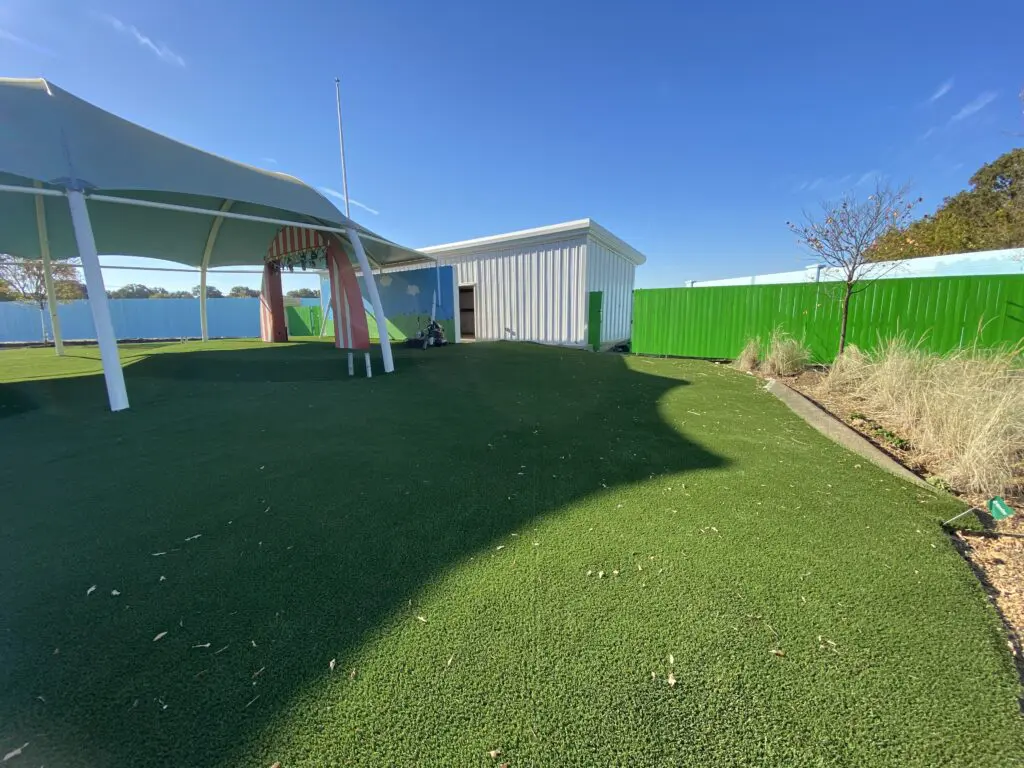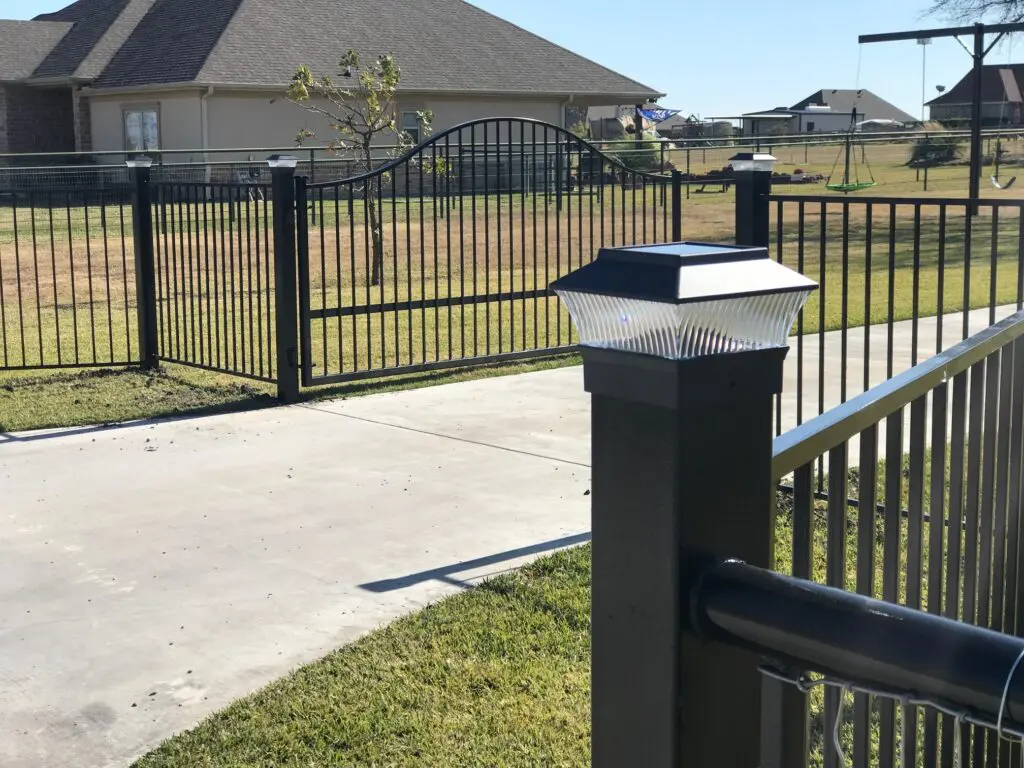At Buzz, we see fences as individuals, each with their own style and personality. So when customers say, “just a chain link fence,” it always startles us. Look a little more closely at that chain link fence and you’ll discover a whole world of different gauges, mesh sizes and uses. Today we’ll delve into these intricacies, so that you can better appreciate that reliable workhorse, the chain link fence.
Gauge
Fence gauge is kind of like a bass guitar: just as the lowest strings are thickest, so the lowest number gauge is the strongest, most durable and the biggest in diameter. For a strong fence, you want a low gauge, such as an 11 or 11.5. A very thin gauge would be over 20.
You can also think about gauge in inches. For example, an 8.5 gauge welded and woven wire is 0.155 inches thick, while a 27 gauge is only 0.0173 inches thick.
Mesh size
Diamond-shaped chain link is a classic, but the shape of mesh openings can also be rectangular, hexagonal or square. Manufacturers make absolutely tiny mesh – say, 1/8 by 1/8 inch – all the way up to 12-inch squares. Smaller openings make for a more rigid and durable fence. But your intended use will inform the best mesh size for your project.
Wire type
Again, those chain link fences look similar when you give them only a cursory glance. But wire types make a big difference in the longevity of your fence. Here are a few types to consider:
- Galvanized Before Weld – Wire used in this type of fence is galvanized, then strands are welded together into a mesh. Unfortunately, the welding process burns wire intersection points, making them susceptible to rust. This is a cheap fencing material with a limited lifetime.
- Galvanized After Weld (GAW) – A stronger choice, this type of mesh is galvanized against rust after welding. Pretty much like you’d guess from its name.
- Stainless Steel – Like a fencing superhero, stainless steel resists corrosion, rust and chemicals. Great for seaside fences, or other places with salt exposure.
- Vinyl Coated (VC) – A thick PVC layer – usually in stylish black or green – is fused into this wire with heat. This ensures a tough, weather-resistant, and long-lasting fence.
Uses
Your instinct might be to go with the strongest fence – a low-gauge, tight-mesh fortress made of stainless steel. But the best fence really depends on your needs.
Fences are often built to restrict animals – either to keep desired animals in or block undesirables. Rodent trouble? Smaller mesh will help keep critters out of your yard. But what if you want to provide Fido with a nice view while he sniffs around his domain? A three-inch mesh, galvanized after welding, might be better.
People raising livestock have to think hard about the right fencing. For example, goat owners know that a 6-inch square mesh can be a goat killer. Goats can get their heads through, but sometimes they get stuck on their horns, introducing the possibility of strangulation or a gory death by coyotes. A goat we interviewed for this post said, “Give us 12-inch wire rectangles, please. Oh, and your jacket. I want to eat your jacket.”
Fence height is also important. A rabbit cage will be short, but if you’re fencing out deer, you’ll need to build tall.
Quality
Whatever you do, don’t scrimp on quality. Labor costs won’t vary much between gauges and meshes. A stronger fence constructed with better quality materials might cost 20 percent more, but last 100 percent longer than a cheaper fence. If you’re ready to upgrade to a high-quality fence, or you just need a little advice, call your friends at Buzz today.







